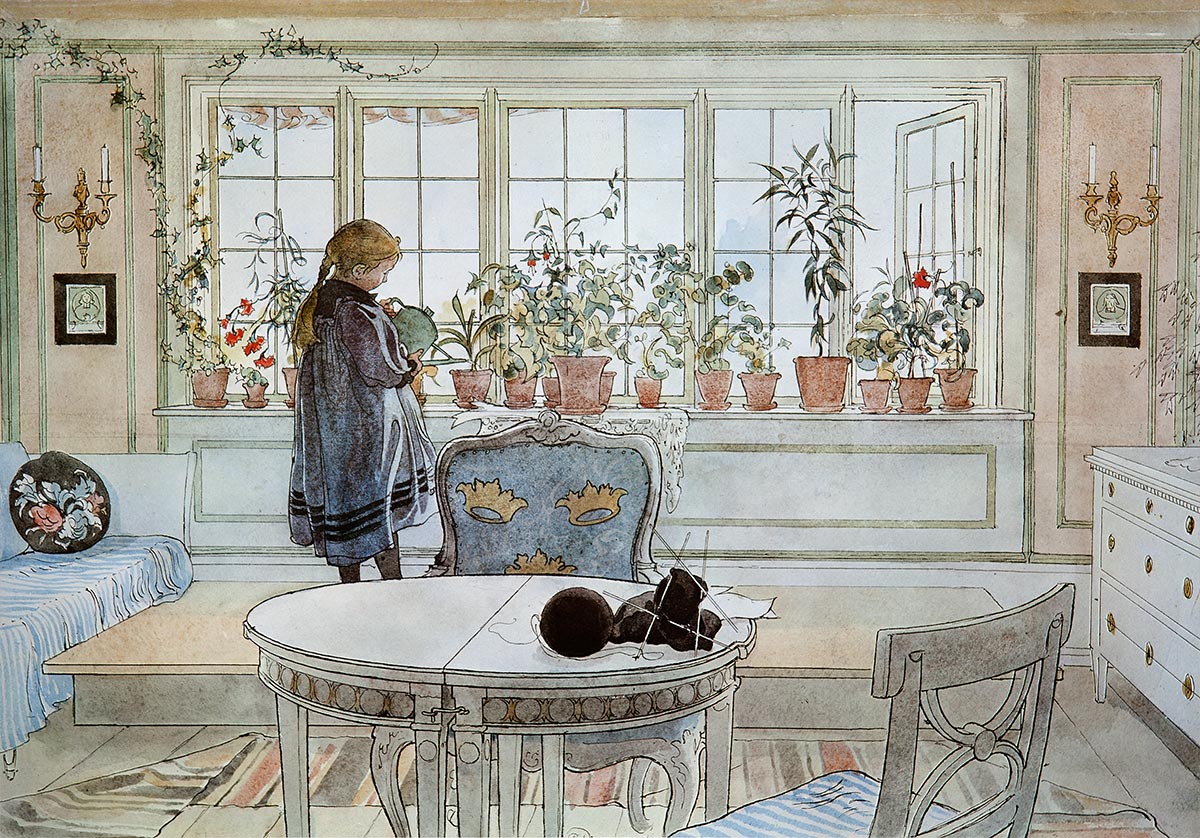khakisofirvington.com – Sweden has a rich and storied tradition in literature and the arts, contributing significantly to the global cultural landscape. From the early folk tales and sagas to the modern masterpieces of cinema and literature, Swedish artists and writers have left an indelible mark on the world. This article explores some of the most notable contributions from Swedish literature and arts, highlighting the country’s enduring legacy in these fields.
The Golden Age of Swedish Literature
The 19th century marked the Golden Age of Swedish literature, a period characterized by romantic nationalism and a focus on nature, rural life, and the common people. Key figures from this era include:
Esaias Tegnér
- Notable Work: Frithiof’s Saga (1825), a romantic epic poem that became a national symbol of Sweden’s Viking past.
Carl Jonas Love Almqvist
- Notable Work: Det går an (1839), a novel that challenged social norms and advocated for women’s rights.
Selma Lagerlöf
- Notable Work: The Wonderful Adventures of Nils (1906-1907), a children’s book that earned her the Nobel Prize in Literature in 1909, making her the first woman to receive the award.
Modern Swedish Literature
Swedish literature in the 20th and 21st centuries has continued to thrive, with authors exploring a wide range of themes from social issues to personal identity. Notable figures include:
Pär Lagerkvist
- Notable Work: Barabbas (1950), a novel that delves into themes of guilt, redemption, and the human condition, for which he was awarded the Nobel Prize in Literature in 1951.
Tomas Tranströmer
- Notable Work: The Great Enigma (1991), a collection of poems that explores the mysteries of existence and the power of language. Tranströmer was awarded the Nobel Prize in Literature in 2011.
Stieg Larsson
- Notable Work: The Millennium series, starting with The Girl with the Dragon Tattoo (2005), which became an international bestseller and was adapted into successful films.
Swedish Cinema
Swedish cinema has been a significant force in the international film industry, with directors and actors making groundbreaking contributions. Key figures include:
Ingmar Bergman
- Notable Films: The Seventh Seal (1957) and Persona (1966), which are considered masterpieces of world cinema. Bergman’s work often explores themes of existentialism, faith, and human relationships.
Greta Garbo
- Notable Films: Flesh and the Devil (1926) and Anna Christie (1930), which made her an international star. Garbo’s enigmatic persona and acting talent left a lasting impact on Hollywood and cinema.
Ruben Östlund
- Notable Films: The Square (2017), which won the Palme d’Or at the Cannes Film Festival, and Force Majeure (2014), both of which critique contemporary society and art.
Visual Arts and Design
Swedish visual arts and design have also made notable contributions, with artists and designers known for their innovative and functional approach. Key figures include:
Carl Larsson
- Notable Work: His paintings and interiors, which celebrate the beauty of everyday life and Swedish nature, have had a lasting influence on Scandinavian design.
Hilma af Klint
- Notable Work: Her abstract paintings, created in the early 20th century, predate the abstract art movement and explore spiritual and mystical themes.
Arne Jacobsen
- Notable Work: His furniture and architectural designs, including the Egg Chair and the Radisson Blu Royal Hotel in Copenhagen, Denmark, are iconic examples of mid-century modern design.
Conclusion
Swedish literature and arts have made significant contributions to the global cultural landscape, with writers, artists, and filmmakers leaving an indelible mark on their respective fields. From the romantic nationalism of the 19th century to the modern explorations of identity and society, Swedish culture continues to inspire and provoke thought. As the country continues to evolve, its rich tradition in literature and the arts remains a testament to its enduring creativity and innovation.
